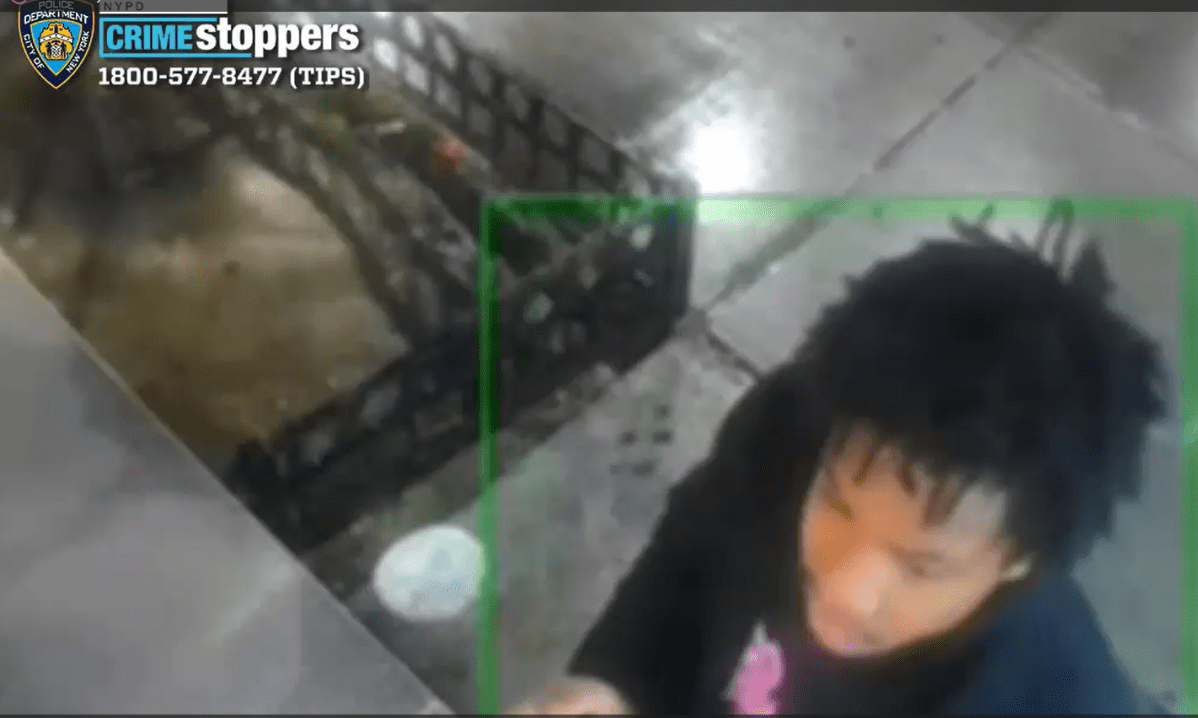By Jerry Tallmer
Some things went by me in the night, when I was doing something else.
Elvis Presley, for instance. “Star Wars,” Tae kwan do. The Eisenhower presidency. Andrew Lloyd Weber. William F. Buckley, Jr. And folk music.
It’s like algebra or trigonometry, back in school. If you miss the first class, you never catch up for the rest of your life.
The thing is, I was right there in the middle of it — right there in Greenwich Village — when, in the ’50s and ’60s, folk music swept down from the hills, up from the valleys of God’s, and Jeter Lester’s, and L’il Abner’s unspoiled verdant terrain to flood the smoke-filled cafes and cellars of MacDougal and Bleecker Streets with purifying waters of the good, the gemutlich, the Basic American, the simple progressive proletarian Truth.
But I didn’t listen. Shut my ears. Corny, I thought. Phony, I thought. Fake. Synthetic pablum for left-wing little girls from the Bronx, for goggle-eyed bushy-haired overbright boys from Brooklyn. Sentimental political balderdash for the sub-Stalinesque set, urban eggheads who wouldn’t know a cow from a cornstalk.
For all that — here’s the irony — there were, in those days, one or two left-leaning young women from the Bronx and elsewhere who enraptured me, body and soul, even if they worshipped Pete Seeger and The Weavers and Theo Bikel almost as much as they despised Dwight Eisenhower (see above) for his coldly letting the Rosenbergs go to the chair.
Well, that was then, this is now, and last Friday there opened at the Quad Cinema on West 13th Street director Jim Brown’s “Isn’t This a Time?” in which gray-haired or white-haired or bearded or no-haired Pete Seeger and The Weavers and Arlo Guthrie and Theodore Bikel and Leon Bibb and Peter, Paul and Mary take the stage before a packed Carnegie Hall in a 2003 Thanksgiving tribute concert to Harold Leventhal. Harold Levanthal, who, as producer and promoter, had done so much to make it possible for them and many other folksters to be seen and heard in this city and elsewhere 40 to 50 years ago.
It’s not that Brown’s 90-minute film makes me think I was wrong in missing the folk-music boat back then. It’s just that I wish a couple of those left-leaning girls I was talking about (one is dead, possibly both) could see it. Or that you out there might want to see it.
What comes into play here is a phenomenon I once called nostalgia manqué, the nostalgic longing for something one feels one lived through but that actually happened before one’s time — an emotion or complex of emotions stirred in my own case, for example, by the events, images, stories, poetry and especially the songs of World War I — my father’s war.
You put that mysterious process together with the Proust factor — all those golden lads and lasses, those jeunes filles en fleur, those snows of yesteryear, come not to dust (not yet! dear Lord) but to these unreconciled, unapologetic gray-haired radicals, singing and strumming away “Good Night, Irene,” “Midnight Special,” “Shenandoah,” and “Where Have All the Flowers Gone?” —well, it’s wonderful stuff.
“We are not through yet!” proclaims stubborn Peter Yarrow.
“I know what the blacklist did to people, I lived through it,” declares soft-spoken civil-rights warrior Leon Bibb, while indefatigable Pete Seeger would have you know that what humanity still needs is “freedom from money as much as anything else.”
Ronnie Gilbert, as fiery as the day she was born, brings down the house by dedicating a number (in memory of the Weavers’ late Lee Hays) of immediate application “to the man who brought the Bible to the White House.” Its refrain: “Oh sinner man, where you gonna run to?” Eric Darling follows with a quiet blast at “the hubris and gross ineptitude” of the current president.
Who can argue?
Out there in that house — a Carnegie Hall jam-packed without one line of advance advertising — the gray-haired and the white are singing arm in arm with girls just as young and beautiful as those who had captured my affection back there when all of this — their favorite music — was bouncing off these deaf ears.
A sort of emcee on the whole Carnegie Hall tribute to Harold Leventhal is — in the film — Arlo Guthrie, famous son of the famous Woody Guthrie to whom Leventhal had brought a copy of kid Arlo’s first record when papa Woody was dying in Creedmore Hospital in 1967.
In white turtleneck and brown suspenders — and the amiable fullness of his 85 years — Harold Leventhal puts a six-word capper on the whole occasion: “Dissent is really an American creed.” Two years later — October 4, 2005 — he will depart this life. The film reaches the Quad two months after that.
If you can watch The Weavers’ Fred Hellerman, his face that of a proud eagle as the group reprises the haunting “Brother, Can You Spare a Dime?” — more valid today than ever — and you don’t get the shivers … if you can watch (and hear) all of the folksies brazening “When the Saints Come Marching In” and you don’t break up … then I don’t want to know you.
Of course neither of those songs are folk music. Which I guess proves my original point. And I was also wondering all through the movie: Where’s Art D’Lugoff? It may have been Harold Leventhal who pushed and pulled all these people into the spotlight, but it was Art D’Lugoff who, very early on, gave them a mike, a venue, a stage, a pragmatic living audience at his Village Gate on Bleecker Street.
The answer comes from “Isn’t This a Time?” director Jim Brown. “Art D’Lugoff is a friend of mine,” Brown says, “and worthy of a film about him and the Village Gate.” I’d spare a dime for that one.




































